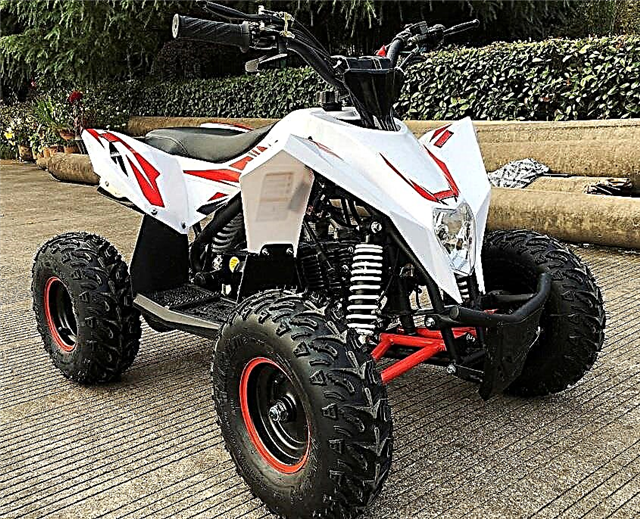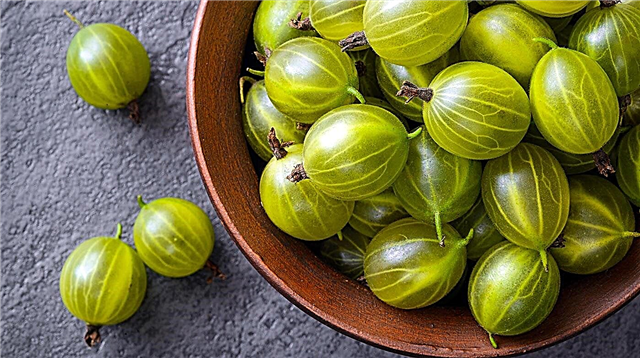Vegetative dystonia in children has become a very common diagnosis among pediatric neurologists and cardiologists. It combines a number of symptoms and brings discomfort to the lives of young people.
Vegetative dystonia in children has become a very common diagnosis among pediatric neurologists and cardiologists. It combines a number of symptoms and brings discomfort to the lives of young people.
In 25%, the condition is diagnosed in childhood. The growing pace of life requires an increase in efficiency in studies. The emergence of new types of gadgets load the nervous, musculoskeletal, and visual systems.
VSD is a "breakdown" in the work of the vascular system of the body, which, in turn, entails a lack of oxygen flow to the tissues.
The new term VSD - vegetative-vascular (neurocirculatory) dystonia has been introduced since 2005.
Our article will reveal all the symptoms of this disease, understand the cause and, most importantly, the treatment of this ailment.
Reasons for VSD:
- stressful situations, overwork. As a rule, at school the child experiences great emotional and mental stress. In our time, school lessons take up almost all the free time of a student;
- hormonal "storms". This applies to adolescents from 11 to 12 years old. The pubertal period begins when the child begins to "flourish" and emotional changes appear. They last up to 16 years;
- birth trauma, postpartum complications. Especially the trauma of the cervical vertebrae leads to circulatory disorders in the brain;
- dysregulation of the centers of the brain. This means that all organs of our body are regulated by the work of the nervous system and the slightest disturbances in it are reflected in the work of internal organs and systems;
- intense physical activity.
It may be incorrect to consider VSD as a disease, because it is just an accumulation of symptoms of organ dysfunction.
Symptoms and types of VSD
Condition signs
Main complaints:
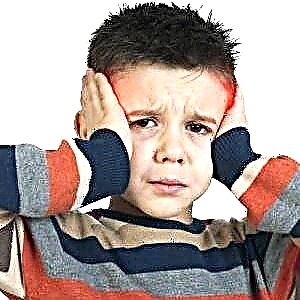 headaches;
headaches;- dizziness;
- noise in the head;
- decreased ability to concentrate;
- heartache;
- light-headedness;
- increased blood pressure;
- lowering blood pressure;
- feeling short of breath;
- fast fatiguability;
- excessive sweating;
- feeling of numbness of hands, feet;
- cardiopalmus;
- stomach ache.
As we can see from the above, complaints that relate to the disruption of the work of one or another organ, with VSD, can be anything.
Competently diagnose "vegetative-vascular dystonia" in a child from 5 years of age. Since by this time the nervous system almost reaches its peak of development.
VSD current
The course of vegetative-vascular dystonia can be:
 paroxysmal;
paroxysmal;- permanent.
Paroxysmal (paroxysmal) dystonia have the following symptoms:
- sharp blanching or redness of the skin of the face;
- increased blood pressure;
- cardiopalmus.
The attack can last from a few minutes to 2 to 3 hours.
Natasha, 15 years old: “I first experienced this when I was 13 years old. In physical education class, I felt bad - my head was spinning, my hands became cold. My friend said that I turned very pale, became like torment. The paramedic measured the pressure - 130/100. I was immediately sent home. I lay down at home and everything fell into place. "
Frequent provocateurs of such attacks are overwork, excitement, intense physical activity.
One of the types of paroxysmal VSD is syncope. This is when the child's eyes darken sharply, dizziness appears, and he loses consciousness. In this case, seizures do not happen. The child wakes up either independently or with the help of a cotton swab with ammonia.
With a permanent course, the symptoms make themselves felt almost constantly. But their severity is much less.
Types of VSD
Types of VSD:
- hypotensive;
- hypertensive;
- cardiac;
- mixed.

Hypotensive type, as the name implies, is characterized by low blood pressure, that is, below 100/60 millimeters of mercury (mm Hg). The skin of a child has a pale shade, cold hands are noted regardless of weather conditions. Tendency to faint.
Hypertensive type is accompanied by a rapid heartbeat, an increase in pressure up to 170/90 mm. Art., red complexion, a tendency to excess body weight, frequent headaches.
Another option for the VSD is cardiac... The main symptom is pain in the region of the heart.
Additional signs:
- heart palpitations at rest and at night;
- ECG changes in the form of arrhythmias, extraordinary contractions of the heart (extrasystoles);
- interruptions in the work of the heart. Manifested by a feeling of sinking in the heart.
Mixed type occurs in most cases, symptoms can vary and include all of the above.
Differences between dystonia and diseases of internal organs:
- VSD in most cases is provoked by something. Rarely do symptoms occur on their own.
- It passes on its own, the child should calm down or lie down.
- There are no significant changes in general laboratory or instrumental examinations.
Treatment of autonomic dysfunction syndrome
Non-drug treatments:
Correct physical activity
What does adequate exercise mean? The child must do morning exercises every day. Swimming, skiing, walking, light jogging, dancing are useful.
When the pressure rises above 140/90 mm. Art. classes in the main physical education group are not recommended.
Work and rest regime
The child should sleep 8 hours a day. It is advisable to go to bed and get up at the same time, following your biorhythms. An hour before bedtime, there should be no "freezing" in computers, tablets, phones. During the day, the child should not be overwhelmed mentally and emotionally. After school, an hour's rest is required.
Nutrition
The child should eat three meals a day, plus two snacks.
Foods containing potassium and magnesium are especially useful for strengthening the nervous system and heart muscle:
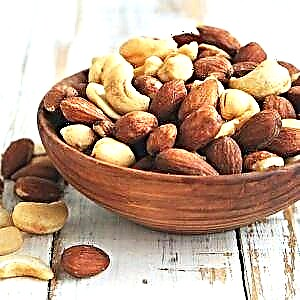 baked potato;
baked potato;- bananas;
- curd products;
- nuts;
- honey;
- raisins, dried fruits;
- cereals;
- parsley.
Exclude from the diet, all easily digestible carbohydrates and fast food - flour products, sausages, mayonnaise, hot dogs, and so on.
Important! If the child has an increase in pressure, then it follows:
- limit salt intake to 5 grams per day;
- eat more fruits and vegetables in the first half of the day;
- exclude pickled, salty foods;
- exclude strong tea, coffee.
Massage
Better to see a specialist. Massage of the collar zone is desirable for dystonia. The preferred course is 10 procedures. It relieves stress well, since the child is forced to sit for a long time due to study, head massage.
Phytotherapy
The following herbs and foods have a sedative, or sedative, effect:
 motherwort, valerian;
motherwort, valerian;- pion;
- mint;
- birch mushroom.
In pediatrics, when the above complaints appear in a child and a diagnosis of VSD is made, at least the first 4 months should be treated with non-pharmacological agents.
Medication methods of treatment:
Nootropics
Drugs that improve brain activity increase the efficiency of neurons. Thanks to this, memory improves, it becomes easier for the child to memorize texts and assimilate school topics. Children become more organized, curiosity increases.
Outstanding representatives of this group:
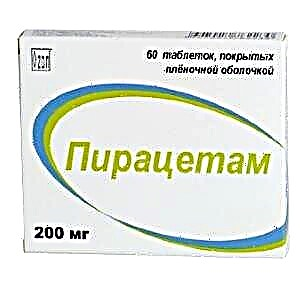 Piracetam. It is prescribed for dizziness, headaches. Helps improve memory. Allowed for children from 1 year old.
Piracetam. It is prescribed for dizziness, headaches. Helps improve memory. Allowed for children from 1 year old.- Vinpocetine. Has a vasodilating effect. Promotes the enrichment of the brain with oxygen. Better to appoint adolescents from 12 years old.
- Phenibut. Neurologists are very fond of prescribing it for stuttering and tics. Has a strong sedative effect.
- Pantogam. It is based on vitamin B15. The drug has a sufficient sedative effect, improves the functioning of brain structures. Allowed for children of all ages.
- Cerebrolysin. Improves memorization, learning. It is used for neurological diseases caused by damage to the brain structures. Application from birth is possible.
Anastasia, 45 years old:“At the age of 11, my daughter began to have incomprehensible complaints - headaches, dizziness. In physical education, I could not run, almost fainted. The cardiologist prescribed treatment for us - Piracetam, and then Vinpocetine. In 2 weeks after the start of the treatment, everything returned to normal, and the memory became much better. I began to assimilate more information. "
Sedatives
Their action is based on a sedative effect. The doctor prescribes them to children who have developed irritability, nervousness, to schoolchildren during the preparation for exams. For children, of course, it is better to use herbal sedatives at the beginning of treatment.

Drugs in this group:
- Glycine. According to some sources, this drug also has a nootropic effect. It is based on a chemical compound - acid, due to which the balance of the nervous system, regulation of brain activity occurs. Hence the improvement in memory. It is better to apply it under the tongue, preferably at night, as glycine causes drowsiness;
- Magne B6. As the name implies, it is based on magnesium and vitamin B6. It has a fairly good sedative effect. It also improves heart function, has a beneficial effect on heart rate. Magne B6 can be found in ampoules, so it is safely prescribed for children under one year old in this dosage form;
- Persen. Herbal preparation, recommended for adolescents from 12 years of age.
Adaptogens
This group of drugs can be attributed to herbal medicine, since they are produced on the basis of herbal ingredients.
Their action:

- normalize the work of the central nervous system;
- accelerate metabolism;
- improve the course of endocrine processes;
- different types of adaptogens can have both relaxing and tonic effects.
Representatives:
- ginseng root;
- eleutherococcus;
- lemongrass;
- radiola pink;
- echinacea.
Any drug for a child should only be used as directed. Taking herbal remedies may develop an allergic reaction.
These drugs can be produced as tinctures and liquid extracts.
Tinctures contain alcohol, which is not very good for a child. For children, it is best to buy as a liquid extract.
Also, a contraindication for adaptogens is children under 14 years of age.
Adaptogens in sports are simply irreplaceable. In athletes, they increase muscle work, facilitate the training process, and speed up metabolism. The child experiences a surge of strength and energy.
Vitamins for the children's nervous system
The most beneficial for the nervous system are B vitamins. They improve the functioning of the brain in general and neurons in particular, and have a calming effect. They help the nervous system to recover.
The most common vitamin complex is Neuromultivit. This remedy is recommended only from adolescence.
In general, the diagnosis of "vegetative vascular dystonia" means a combination of many symptoms. And it can reflect the wrong life rhythm of the child. Try to properly organize your child's day so that he can fully rest. Then he will never know what medicine is.

 headaches;
headaches; paroxysmal;
paroxysmal; baked potato;
baked potato; motherwort, valerian;
motherwort, valerian; Piracetam. It is prescribed for dizziness, headaches. Helps improve memory. Allowed for children from 1 year old.
Piracetam. It is prescribed for dizziness, headaches. Helps improve memory. Allowed for children from 1 year old.